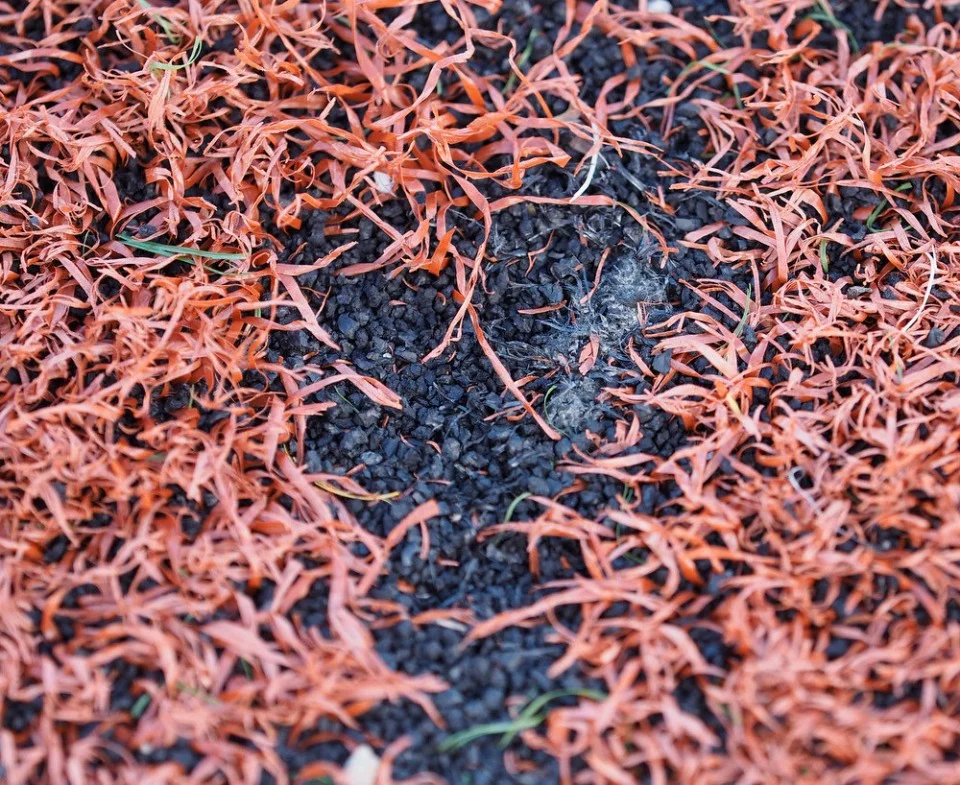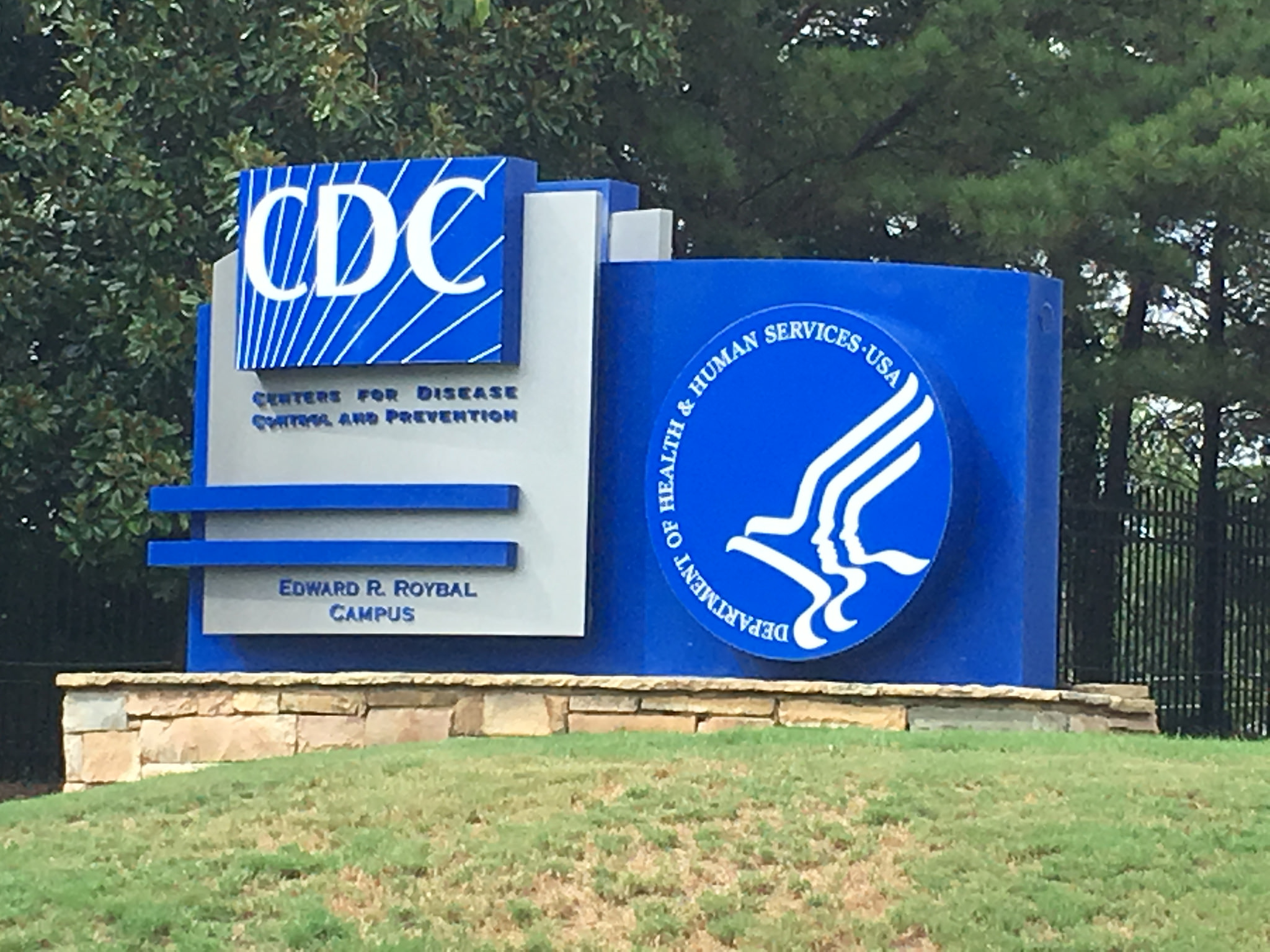LEAD FOUND IN ELEMENTARY SCHOOL PLAYGROUND
High concentrations of lead have been found at Janney Elementary School in Washington, DC. Multiple samples from a rubberized poured in place (PIP) playground at Janney Elementary School tested positive for high concentrations of lead. These elevated lead levels should result in the immediate closure of the Janney PIP.
This same PIP material is present in playgrounds throughout the District. It is possible that some or all of these other locations also have dangerously high lead levels that put our city’s children at risk.
Read more about it!
Letter to DC Mayor Bowser from DC Safe Healthy Playing Fields Inc., July 10, 2018
Letter to DC Mayor Bowser from National Center for Health Research, May 2, 2019
Ecology Lab: New test results show elevated lead in rubber shred at playground in Washington, D.C.
Labs say toxic lead is present at this D.C. elementary school playground (video)
Playing in poison? 7 On Your Side discovers dangerous lead levels at a local playground (video)
WUSA9 News: Are DC playgrounds safe? - click to watch video
March 2016: INDUSTRY BEHEMOTH FIELDTURF CONFESSES, "THERE IS LEAD IN OUR PRODUCT."
What level of lead is safe? none.
DOES Your Field Contain Lead?
If you are concerned about lead in a synthetic lawn or sports field, the Center for Environmental Health can test your turf and tell you whether or not it contains harmful levels of lead. CEH does not charge for testing. Send a minimum of six blades of turf to: CEH, 2201 Broadway Suite 302, Oakland, CA 94612
HOW TO REDUCE EXPOSURE
If you are concerned about lead exposure from a field that you or your children use, here are some things you can do to reduce exposure:
Keep turf fields well-maintained and groomed.
Reduce surface dust and particles that could be ingested.
Students and players should wash their hands after playing on a field, and should avoid eating food while seated on the turf surface.
Equipment and clothing used when playing on the turf should be cleaned after use.
Children should not swallow the shredded waste tire pellets that are used as cushioning materials under the fields.
LEAD LIMITS NEEDED ON TIRE CRUMB PLAYGROUNDS: SPSC RULING ON ARTIFICIAL PLAY-AREAS AS CHILDREN'S PRODUCTS SOUGHT
PEER July 12, 2012
The Consumer Product Safety Commission (CPSC) should prevent children from being exposed to lead and other harmful heavy metals in playgrounds and school sports fields made from shredded tires, according to a formal request for an advisory opinion filed by Public Employees for Environmental Responsibility (PEER). Strict lead limits would follow automatically from CPSC classifying waste tire infill playgrounds, play mats and plastic turf school sports fields as children’s products.
AN EVALUATION OF POTENTIAL EXPOSURES TO LEAD AND OTHER METALS AS THE RESULTS OF AEROSOLIZED PARTICULATE MATTER FROM ARTIFICIAL TURF PLAYING FIELDS
Submitted to: Alan Stern, Dr.P.H. New Jersey Department of Environmental Protection
Submitted by: Stuart L. Shalat, Sc.D. July 14, 2011
Results of a pilot study to assess the potential for exposure to lead, chromium, arsenic and cadmium as a respirable/ inhalable aerosol from playing on artificial turf submitted to the New Jersey Department of Environmental Protection calls for a comprehensive study to fully assess health risks.
Conclusion: There is no suggestion that the use of artificial turf fields has diminished due to the controversy that has been raised about lead being present in these fields. Data from the Synthetic Turf Council indicated that between 2006 and 2009 sales of turf fields in the U.S. increased by 20% (http://www.syntheticturfcouncil.org/displaycommon.cfm?an=3). They also reported that from 2003 to 2009 the number of fields installed had increased from 400 to over 1,000.
While it is not possible to draw broad conclusions from this limited sample of fields the results suggest that there is a potential for inhalable lead to be present on turf fields that have significant amounts of lead present as detectable by surface wipes. It also would appear likely from this sample that if the lead is present to any appreciable extent in the wipes it will likely be present in the breathing zone of players who are active on these fields, and that furthermore, these levels potentially exceed ambient EPA standards. Given that these are only occasional exposures this tends to reduce the risk of adverse health effects.
However given that children are particularly at risk for adverse developmental effects of lead, only a comprehensive mandated testing of fields can provide assurance that no health hazard on these fields exists from lead or other metals used in their construction and maintenance.
EVALUATING AND REGULATING LEAD IN SYNTHETIC TURF
by Gregory Van Ulirsch et al. Environmental Health Perspectives (2010 October; 118(10): 1345–1349.)
Background: In 2007, a synthetic turf recreational field in Newark, New Jersey, was closed because lead was found in synthetic turf fibers and in surface dust at concentrations exceeding hazard criteria. Consequently, public health professionals across the country began testing synthetic turf to determine whether it represented a lead hazard. Currently, no standardized methods exist to test for lead in synthetic turf or to assess lead hazards.
Objectives: Our objectives were to increase awareness of potential lead exposure from synthetic turf by presenting data showing elevated lead in fibers and turf-derived dust; identify risk assessment uncertainties; recommend that federal and/or state agencies determine appropriate methodologies for assessing lead in synthetic turf; and recommend an interim standardized approach for sampling, interpreting results, and taking health-protective actions.
Conclusions: Synthetic turf can deteriorate to form dust containing lead at levels that may pose a risk to children. Given elevated lead levels in turf and dust on recreational fields and in child care settings, it is imperative that a consistent, nationwide approach for sampling, assessment, and action be developed. In the absence of a standardized approach, we offer an interim approach to assess potential lead hazards when evaluating synthetic turf.








!["[NEW YORK] CITY SHUTS FIELD OVER LEAD CONCERN"](https://images.squarespace-cdn.com/content/v1/57fe8750d482e926d718f65a/1497416579553-DHQ40HGNAKQGNUEEF8ZF/jefferson-190.jpg)




